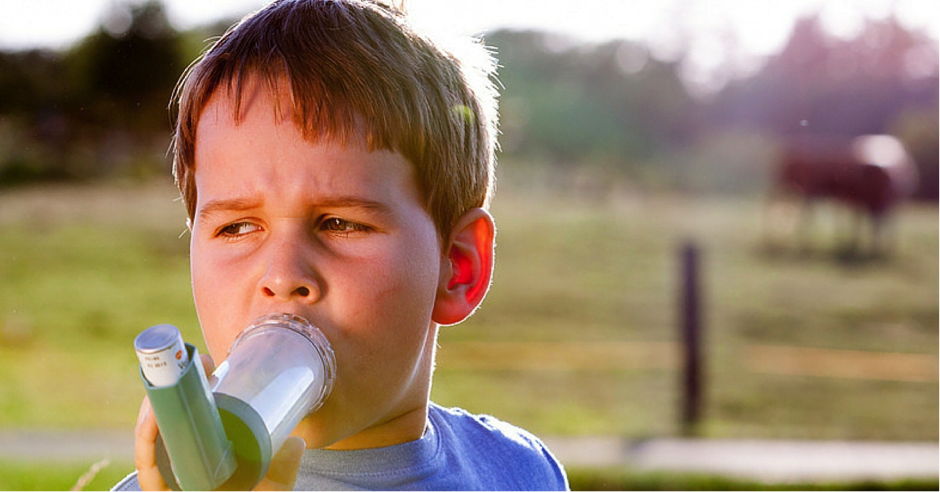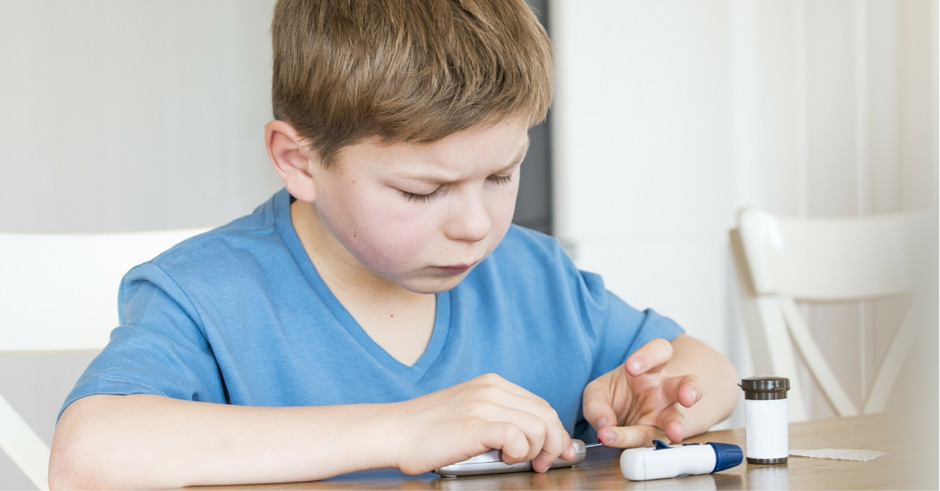Sports injuries, particularly those caused by soccer and footy have been in the news. A few months ago, there were calls for a national database of sports injuries in kids to better understand the extent and nature of the problem in Australia. In the United States, retired footballers are being urged to register for a concussion settlement from the NFL that could potentially cost the association nearly $1 billion over the next 65 years. ‘Heading’ the ball is banned for kids under 11.
According to Sports Medicine Australia, there are I million sports injuries every year – that is 1 in 17 active Australians. The cost to the exchequer? An estimated $1.65 billion each year. According to the Australian Institute of Health and Welfare, while footy, soccer, football and basketball accounted for over 9,000 cases of hospitalisation, the most severe ones (days in hospital) were in cycling, motorsport and equestrian events.
Netball injuries have been in the news too. The sport involves a lot of abrupt starting, stopping and pivoting – all of which can strain the knees, ankles and shin. Accidental collisions, inevitable in a fast-paced team sport, can cause severe upper body injuries.
Sport is vital for the well-being of our kids. Footy season is almost here and the little ones are all fired up. So, let’s do all we can to keep them safe while they play. Understanding what causes the most injuries and the steps that will keep them safe will reduce the number of injuries on our sporting fields.
What can a parent of young children do?
A lot. According to Sports Paediatricians at John Hopkins Medicine, a proactive approach is one that a parent can initiate before a season begins. Some tips from them:
- See your GP pre-season: Especially if your child has had previous sports injuries. It’s always a good idea to schedule a routine check-up just before a season begins to ensure your young one is all set to go. Let your GP give the green signal.
- Talking to your young superstar: Kids will often push through pain because they don’t want to miss out on being selected or being there for the big game. Encourage them to talk to you about any niggling pain or injury that could turn chronic later.
- Play more than one sport: Playing just one sport means stressing the same set of muscles every day. Mix it up so your child gets a workout and playtime with friends, but also works different muscle groups. It’s great for developing another set of skills and helps maintain an emotional balance. Their intensity is spread across a couple or more sports and they are less likely to be affected by disappointments and setbacks.
- Warming up and cooling down: It’s vital and usually the coach will insist on a good warm-up and a cool-down after. But sometimes it is overlooked. Stretching and a bit of dynamic movement before training is a must. So even if your child is running late, emphasise why a good warm-up is not to be rushed through.
- Hydration and the right gear: Your child should never leave for a game or training without the right clothing, protective gear and a water bottle. Luckily, growing awareness of the dangers of some injuries has led to zero tolerance about protective gear in most good clubs. Make sure your club has updated rules.
- Rest: Enthusiasm can lead kids to push the limits of what their bodies can safely do. You may need to draw the line to ensure they get enough rest and downtime. Yes, sometimes it is a good idea to get indoors and turn on the tele. Or read a book and lie down for a rest. If your child plays competitive sport at an advanced level, it can be a good idea to take a season off occasionally, just to recuperate.
- Play the right level: Yes, a lot of athletes make it big, very young. But not all children will progress or peak at the same age. Make sure your child is playing with others of a similar capability. Resist the urge to move your child a level up. If the child is not physically and emotionally ready to play a higher level, injuries and disappointment may follow.
- Keep it fun: Winning is a great feeling. But don’t push it. Coaches and parents can sometimes make winning the most important part of the sport. It is not. Sportsmanship, effort and improvement are just as important. So, teach your little one to love the sport more than the win.
How do you keep it safe on the playing fields?
Parents, coaches and the clubs could do a lot to provide a safe environment for our children. Especially in Australia, where parent involvement in junior sport – as coaches and managers- is very high, they can be vigilant in following these recommendations by Sports Medicine, Australia:
- Check the grounds to remove hazardous objects – broken glass, discarded bottles, etc.
- Most of our playing fields are for cricket and footy both, in their respective seasons. So, when the footy season begins, make sure the cricket pitch is covered in a soft surface like the turf on the ground.
- Make sure the fences are not too close to the boundary (at least 3 meters away). Players running hard cannot break their momentum quickly and you don’t want them crashing into the fence.
- Cover all hard objects in the field with high-density foam, for instance, footy goal posts.
- Does your club have qualified first-aid personnel? There are several first-aid courses and clubs should nominate a few parents each year to get trained. That way someone is always on hand to provide first aid. Make sure the first-aid kit is routinely checked so that all expired medication is replaced.
Keeping our kids safe from sporting injuries is not hard. It is about being aware, diligent and watchful.





